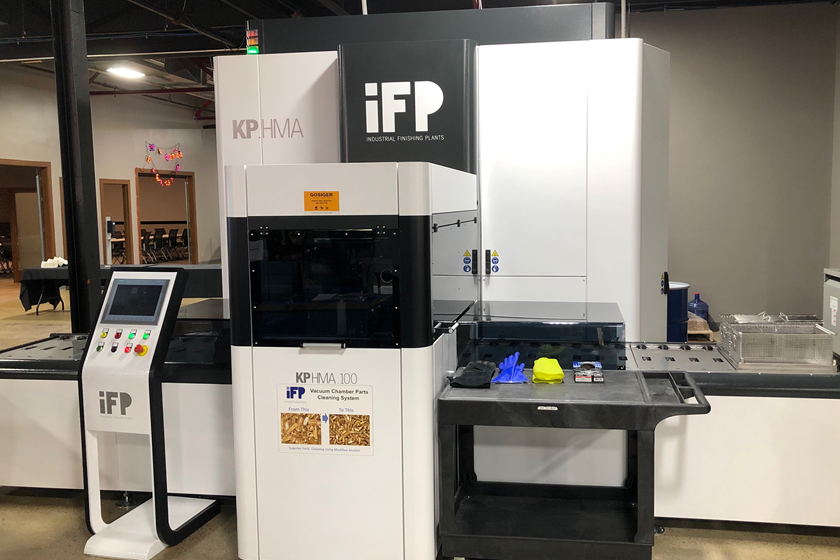Should I Stir or Should I Pour Now?
Should tints be mixed into paint cans?
Q. I am currently using tints in my paint dispenser machine, an engineering project. The tints are placed in the paint cans. Should they be mixed or not?—T.Q.
A. It is always a good idea to make sure colorants, whether oils, acrylics or aqueous in nature, are mixed to help achieve full pigment incorporation. Colorants incorporate essential additives to help the pigment stability. In some instances, the colorants may sit on a warehouse shelf for a long period before they are sold, and, over time, pigments can settle to the bottom of a can. It is a good idea to ask your colorant distributor to shake the cans for you before they are delivered or shipped.
Featured Content
You mentioned you had a dispensing machine. Does the machine have an automated agitation system, or is it manual? Once the new product is added, I typically advise my clients to agitate the colorants in the cylinders 10-15 min. first thing in the morning and then again after lunch each day. This ensures that the colorants are fully incorporated and ready to properly dispense throughout the day.
I also have found the following procedure particularly helpful when setting up a color mixing and dispensing operation. First, set up a log sheet for recording the tint batch date and number. This may prove to be helpful information in the event you have colorant issues. Often, people throw the cans away and no longer have this valuable reference information. It is also helpful to date the can and rotate your inventory with the newest product to the back of the shelf.
Second, verify that the color in the new can and the one in the cylinder to be filled are the same. Early in my career, I learned that this can be a very costly learning experience, not to mention a very messy cleanup. Make sure the cylinders are clearly labeled with the product code and color name. Also, conduct a visual inspection to make sure the colorant is correct and not mislabeled. Third, pour the properly shaken or mixed contents of the can into the cylinder and seal tightly. I cannot stress enough how important it is to seal tightly. If air is allowed to breach the dispensing cylinder, it will change the viscosity of the colorants, making it more difficult to dispense them correctly. Even though many people add foreign solvents to colorants that have become too viscous, it’s never a recommended procedure. This practice can potentially adulterate color consistency, strength and intended formulation, thus affecting the outcome of your formulation.
RELATED CONTENT
-
Pretreatment for Painting
Better adhesion, enhanced corrosion and blister resistance, and reduced coating-part interactions make pretreatment a must.
-
Zinc Phosphate: Questions and Answers
Our experts share specific questions about zinc phosphate and pretreatment
-
Painting Over Powder Coating
How safely can they apply their wet paint over our powder coated parts?



















